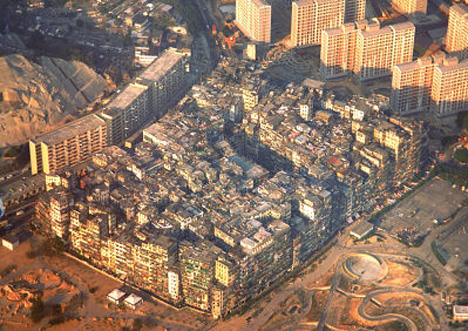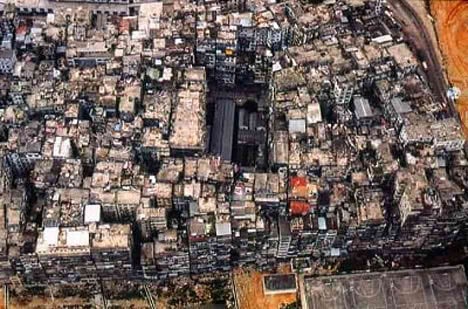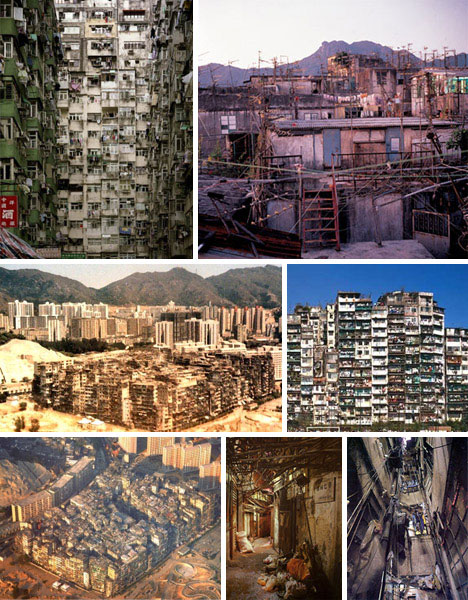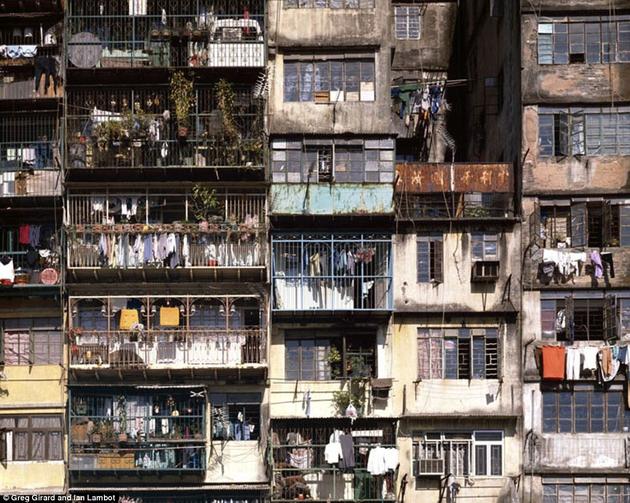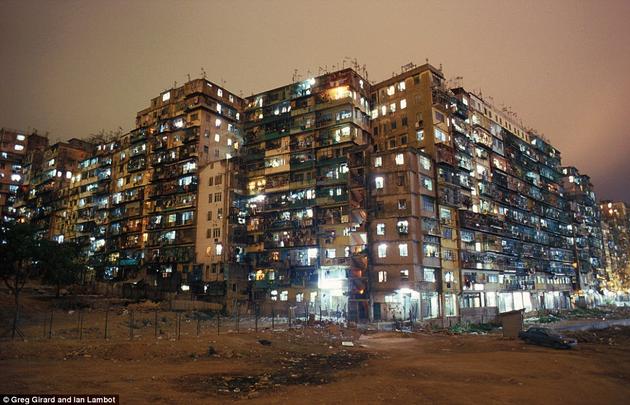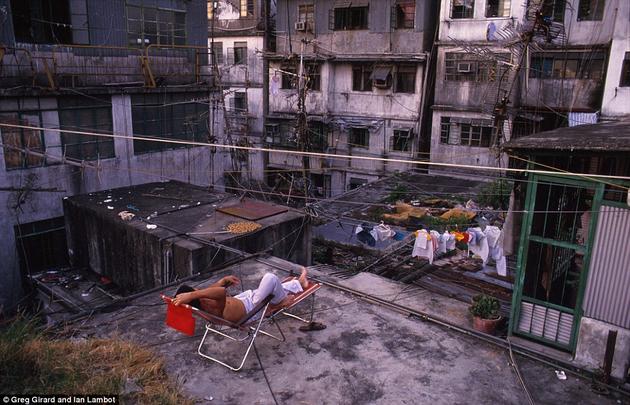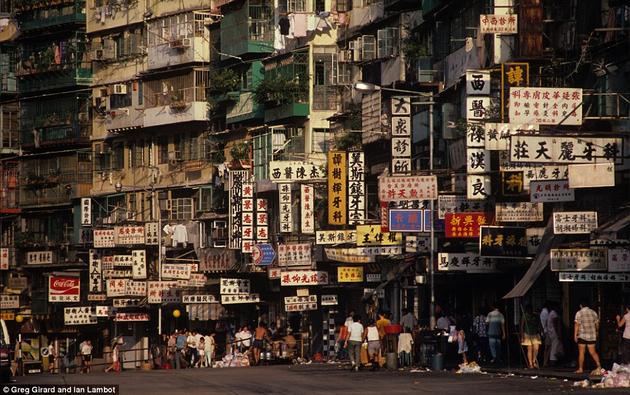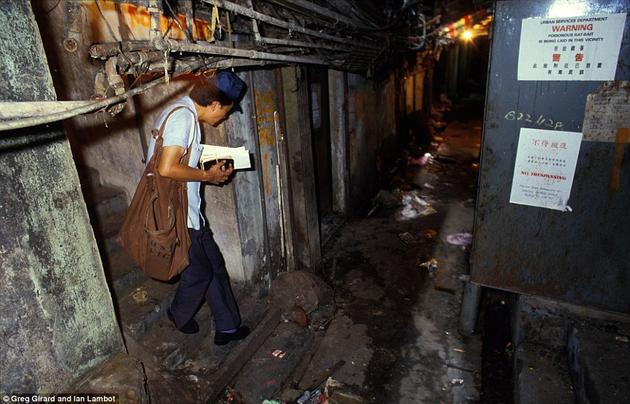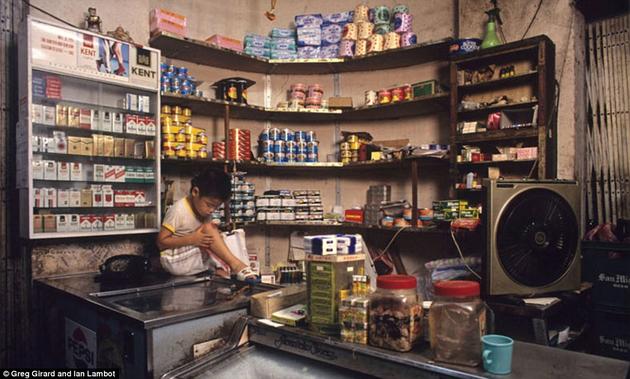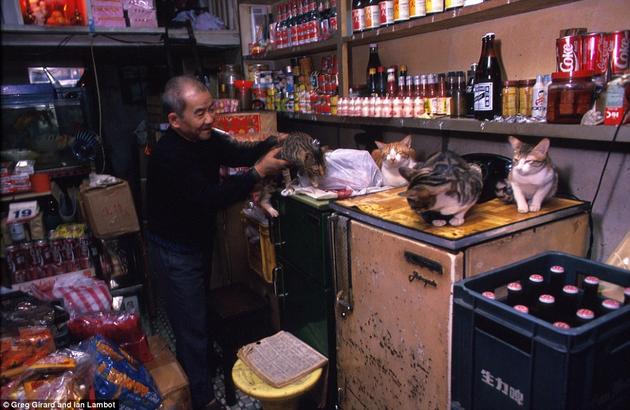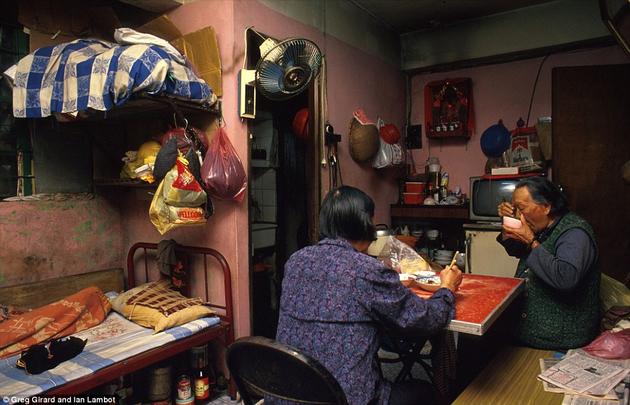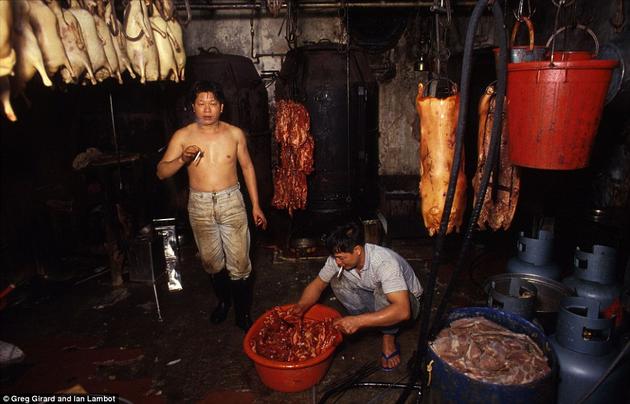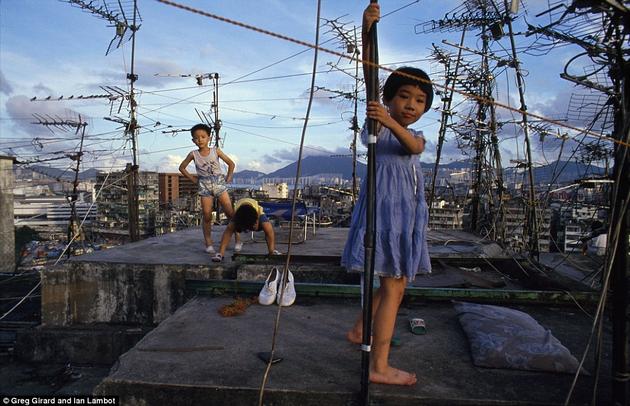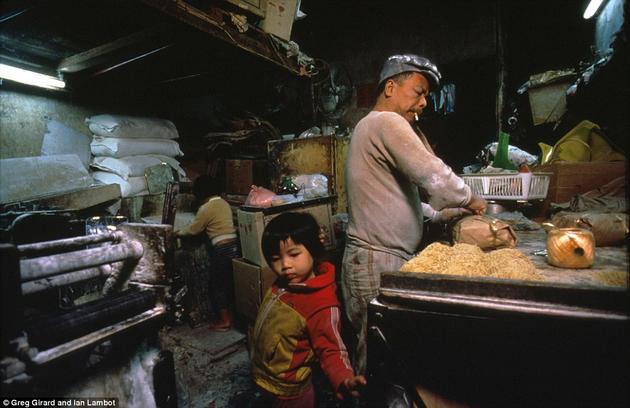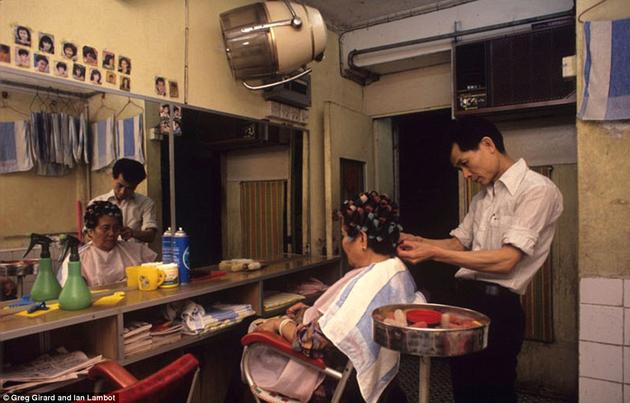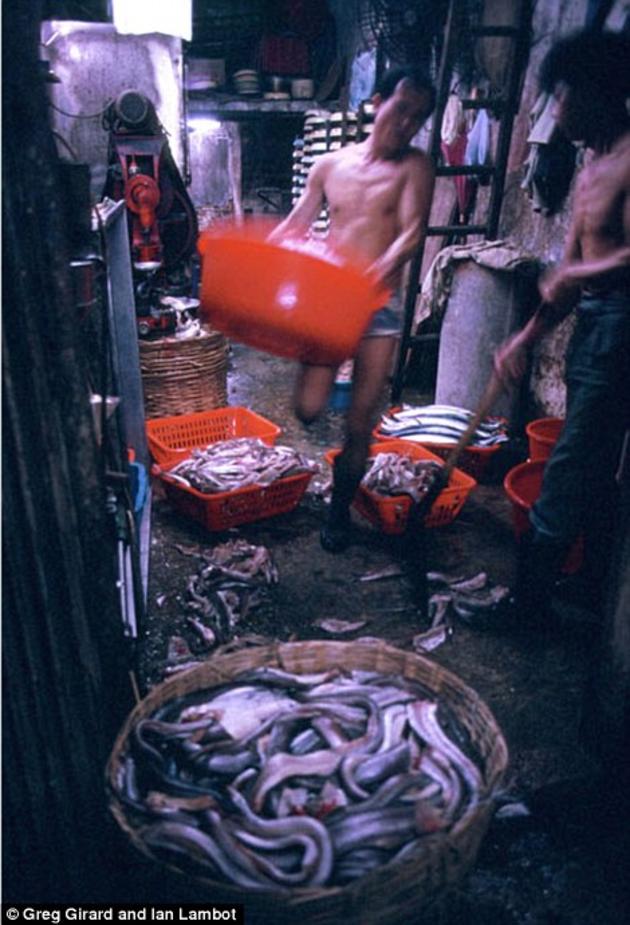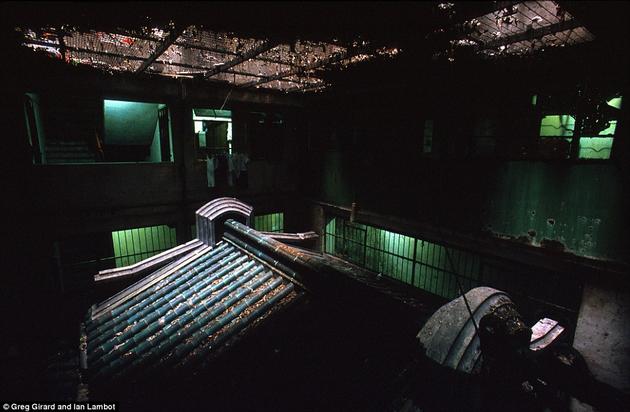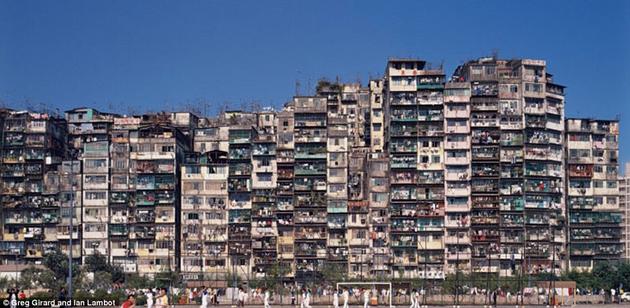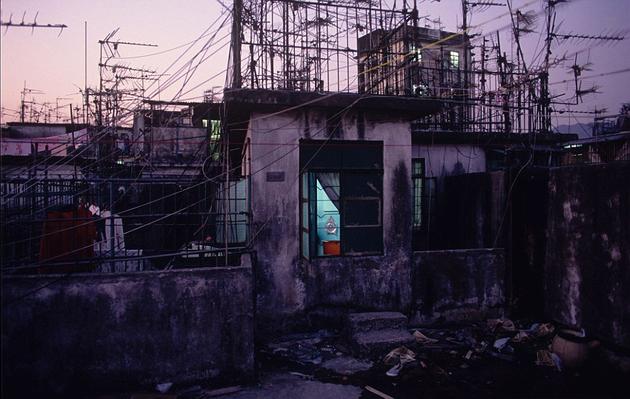มือง Deserted Walled City of Kowloon, Hong Kong
จากสภาพเมืองที่เป็นเหมือนกำแพง ไม่มีแสงและอากาศบริสุทธ์ถ่ายเท ความแออัดจนทำให้เกิดปัญหาต่างๆ มากมาย เช่นอาชญากรรม จนในที่สุดรัฐบาลมีคำสั่งให้ถอดถอนอพยพคนออกไป และได้ถูกสั่งทำลายในปี คศ 1992 สมัยเด็กๆ ถ้าใครเคยดูหนังฮ่องกงเก่าๆ จะเห็นว่ามาถ่ายทำที่นี่หลายเรื่องเลย
During its final years, Kowloon Walled City became the most densely populated place on earth with 50,000 people crammed into a few city blocks. Experience the city with two Canadian photographers Greg Girard and Ian Lamboth before it was demolished in 1992.
It was calculated that the city had 33,000 families living inside of the 300 interconnected high-rise buildings (if they can be called that since they have been constructed without any contributions of architects).
At night the massive structure of Kowloon Walled City lights up and looks like something you would see in a different desolate world.
Many residents use the rooftops for the only sunlight in their homes. Many of these living places are in the middle of the structure with zero natural light.
The streets inside buzz at all hours of the day with hundreds of citizens managing businesses, and living their lives with their families.
The poor construction techniques and low upkeep is visible almost everywhere in this mini metropolis. Mir Lui was assigned to work inside of the city as a post man in 1976 as he is one of the few people who knew the massively complicated hallway structure inside (he wears a hat because everything is leaking).
A convenience store that sells essentials like toilet paper, cigarettes and canned foods.
A grocery store owner Chan Pak (aged 60) has a passion for cats – he had seven at the time of this photo.
Law Yu Yi (aged 90) living in a tiny third-floor flat with her son's 68-year-old wife. A typical arrangement of a traditional family.
Food processors admitted that they picked to live in the city to avoid jurisdiction of the government's health and sanitation inspectors. They also benefited from the low rent fees.
Kids playing outside on the rooftops where low flying jets come in to land at the Kai Tak Airport.
A noodle business is a work place during the day and in the evening when Hui Tung Choy's wife and two daughters play and do homework on the flour-encrusted work bench.
Despite many drug problems at the city, many managed to live normal lives.
Workers at the fish processing shop where little to none sanitary rules were followed.
Tin Hau Temple that was built in 1951 was encapsulated inside of Kowloon's Massive structure. Barely any light penetrates the facades above.
A good view to see the crooked poorly built structure of Kowloon Walled City.
In 1992 the government of China spent around 2.7 billion Hong Kong dollars in compensation to the estimated 33,000 families and businesses. Some were not satisfied and tried to stop the evacuations.
โพสท์โดย: moses
 "ทัพฟ้าไทย" ยืดอกรับ ส่งฝูงบินถล่มคลังแสงพระตะบอง ลั่น "เราไม่ได้เริ่มก่อน" แต่ต้องทำเพื่อปกป้องประชาชน
"ทัพฟ้าไทย" ยืดอกรับ ส่งฝูงบินถล่มคลังแสงพระตะบอง ลั่น "เราไม่ได้เริ่มก่อน" แต่ต้องทำเพื่อปกป้องประชาชน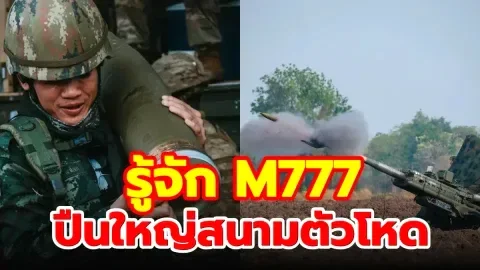 รู้จัก M777 ปืนใหญ่สนามตัวโหด เบา คล่อง ยิงแม่นระดับนำวิถี ตัวเปลี่ยนเกมสงครามยุคใหม่
รู้จัก M777 ปืนใหญ่สนามตัวโหด เบา คล่อง ยิงแม่นระดับนำวิถี ตัวเปลี่ยนเกมสงครามยุคใหม่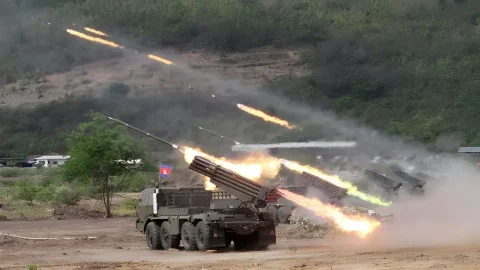 จรวดจีนฟัดจรวดจีน เปิดคลังอาวุธลับสมรภูมิสระแก้ว เมื่อไทย-เขมรต่างงัดไม้เด็ด "สายเลือดมังกร" มาดวลกัน
จรวดจีนฟัดจรวดจีน เปิดคลังอาวุธลับสมรภูมิสระแก้ว เมื่อไทย-เขมรต่างงัดไม้เด็ด "สายเลือดมังกร" มาดวลกัน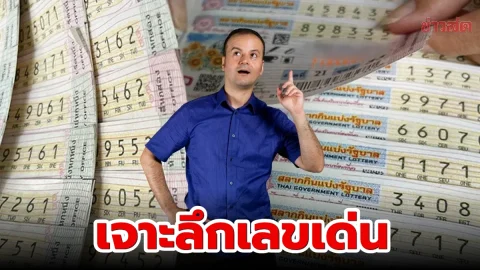 วิเคราะห์สถิติหวยปีใหม่ 2 มกราคม: เจาะลึกเลขเด่นรับโชควันศุกร์ 2569
วิเคราะห์สถิติหวยปีใหม่ 2 มกราคม: เจาะลึกเลขเด่นรับโชควันศุกร์ 2569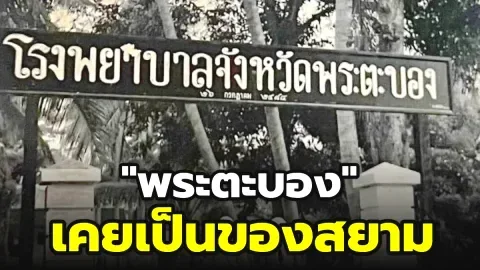 📜 ภาพเก่าประวัติศาสตร์ “พระตะบอง” จากแผ่นดินสยาม สู่ความทรงจำ
📜 ภาพเก่าประวัติศาสตร์ “พระตะบอง” จากแผ่นดินสยาม สู่ความทรงจำ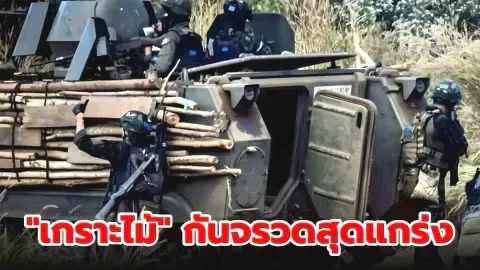 APC M113 รถเกราะ 60 ปี ลุยสมรภูมิช่องอานม้า เสริม "เกราะไม้" กันจรวดสุดแกร่ง
APC M113 รถเกราะ 60 ปี ลุยสมรภูมิช่องอานม้า เสริม "เกราะไม้" กันจรวดสุดแกร่ง เขมร ยอมมาโต๊ะเจรจาที่จันทบุรี หลังไทยดัดหลัง "ไม่ย้ายประเทศ"
เขมร ยอมมาโต๊ะเจรจาที่จันทบุรี หลังไทยดัดหลัง "ไม่ย้ายประเทศ" เน็ตไทยสวนเจ็บ! วิจารณ์แรงครูสาวเขมร ใช้บทเรียน “นกแร้ง” พาดพิงการเมือง ชี้ครูยังคิดได้ขนาดนี้ อนาคตเด็กจะเหลืออะไร
เน็ตไทยสวนเจ็บ! วิจารณ์แรงครูสาวเขมร ใช้บทเรียน “นกแร้ง” พาดพิงการเมือง ชี้ครูยังคิดได้ขนาดนี้ อนาคตเด็กจะเหลืออะไร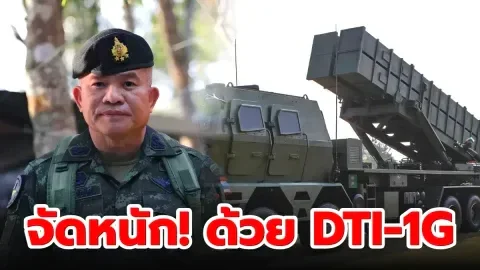 ทัพภาค 2 จัดหนัก งัดจรวดไทย DTI-1G รับใช้ชาติ ถล่ม BM-21 เขมรให้กระจาย
ทัพภาค 2 จัดหนัก งัดจรวดไทย DTI-1G รับใช้ชาติ ถล่ม BM-21 เขมรให้กระจาย พลเมืองและอดีตสส.อินเดีย ประณามกองทัพไทย ที่ทำลายรูปปั้นฮินดูในกัมพูชา
พลเมืองและอดีตสส.อินเดีย ประณามกองทัพไทย ที่ทำลายรูปปั้นฮินดูในกัมพูชา กฎหมายใหม่"การส่งข้อความลๅมกอนๅจๅร" อาจติดคุก เริ่มใช้ ต้นปี 69
กฎหมายใหม่"การส่งข้อความลๅมกอนๅจๅร" อาจติดคุก เริ่มใช้ ต้นปี 69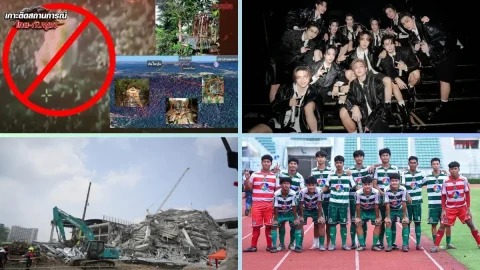 10 ประเด็นร้อนฉ่าที่คนไทยให้ความสนใจสูงสุดในปี 2568
10 ประเด็นร้อนฉ่าที่คนไทยให้ความสนใจสูงสุดในปี 2568 เน็ตไทยสวนเจ็บ! วิจารณ์แรงครูสาวเขมร ใช้บทเรียน “นกแร้ง” พาดพิงการเมือง ชี้ครูยังคิดได้ขนาดนี้ อนาคตเด็กจะเหลืออะไร
เน็ตไทยสวนเจ็บ! วิจารณ์แรงครูสาวเขมร ใช้บทเรียน “นกแร้ง” พาดพิงการเมือง ชี้ครูยังคิดได้ขนาดนี้ อนาคตเด็กจะเหลืออะไร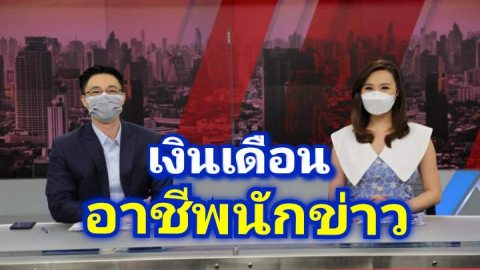 เงินเดือนผู้ประกาศข่าว
เงินเดือนผู้ประกาศข่าว ปลาย พรายกระซิบ ยัน "ไม่ใช่ผู้วิเศษ" ต้องหาอาชีพอื่นสำรองไว้ด้วย
ปลาย พรายกระซิบ ยัน "ไม่ใช่ผู้วิเศษ" ต้องหาอาชีพอื่นสำรองไว้ด้วย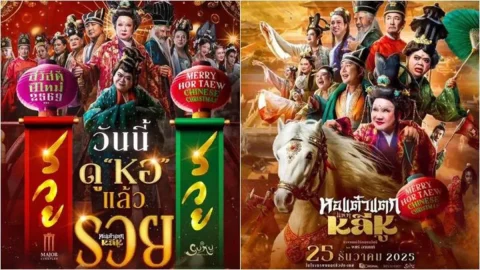 พชร์ อานนท์ การันตี "หอแต๋วแตก" ภาคล่าสุด เส้นเรื่องแน่น มุกสดใหม่ทันเหตุการณ์
พชร์ อานนท์ การันตี "หอแต๋วแตก" ภาคล่าสุด เส้นเรื่องแน่น มุกสดใหม่ทันเหตุการณ์